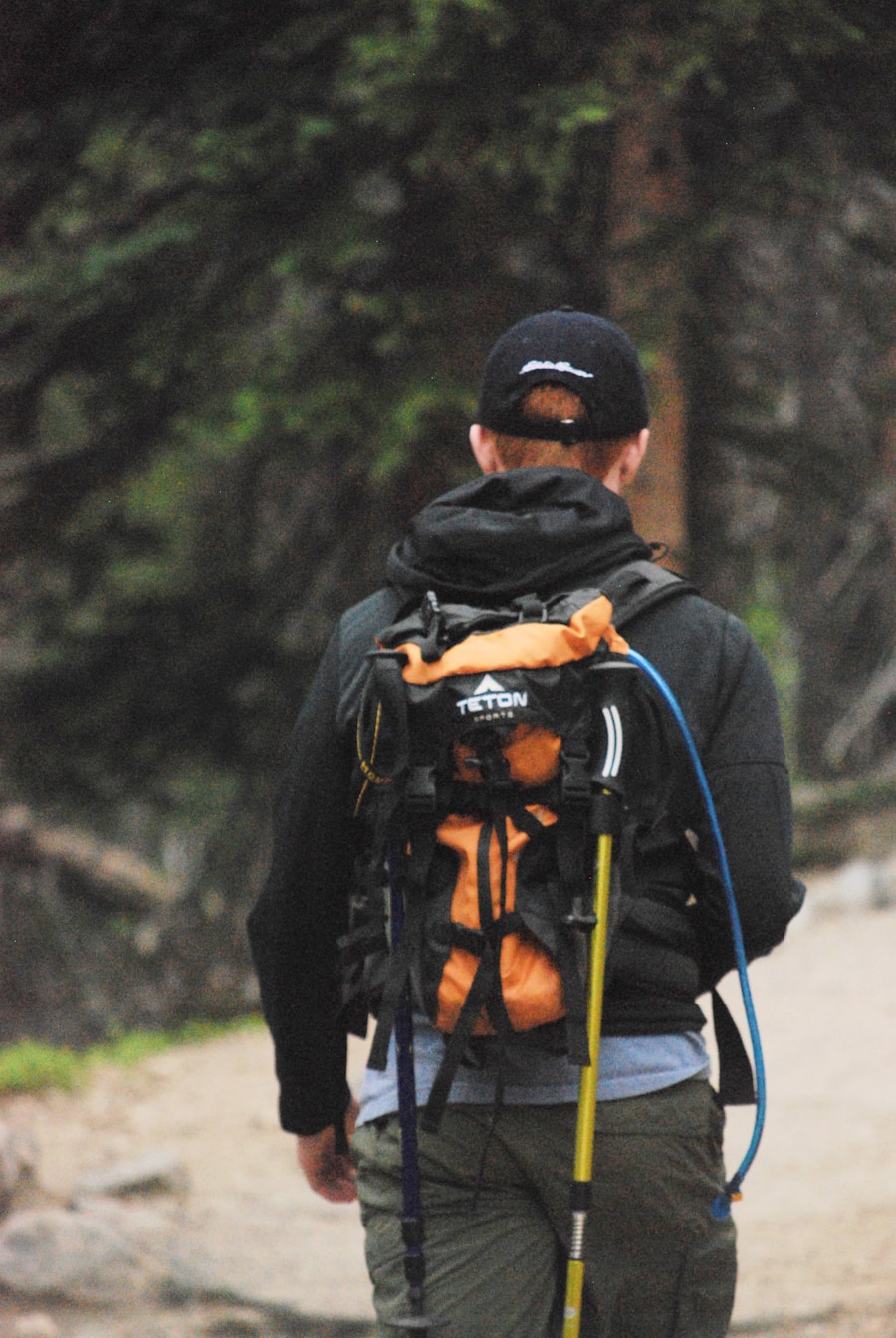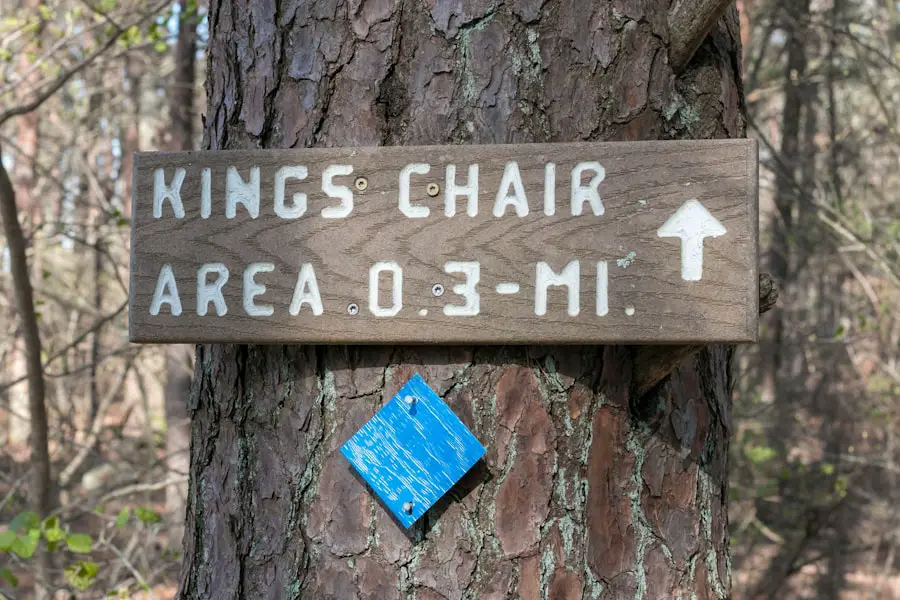Hiking is more than just a recreational activity; it is a multifaceted experience that offers a plethora of benefits for both the body and mind. Engaging in this outdoor pursuit allows individuals to immerse themselves in nature, which has been shown to reduce stress and promote mental well-being. Studies have indicated that spending time in natural environments can lower cortisol levels, the hormone associated with stress, while simultaneously enhancing mood and cognitive function.
The rhythmic movement of walking, combined with the serene surroundings, creates a meditative state that can lead to improved mental clarity and emotional resilience. Physically, hiking serves as an excellent form of cardiovascular exercise. It engages multiple muscle groups, including the legs, core, and even the upper body when using trekking poles.
The varying terrain of hiking trails—ranging from flat paths to steep inclines—provides a comprehensive workout that can improve strength, endurance, and flexibility. Regular hiking can also contribute to weight management and overall fitness, making it an ideal activity for those looking to enhance their physical health. Furthermore, the exposure to sunlight during hikes can boost vitamin D levels, which is essential for bone health and immune function.
Key Takeaways
- Hiking provides physical exercise, mental relaxation, and a connection with nature.
- Choose a hiking trail based on your fitness level, time available, and the type of scenery you prefer.
- Essential gear for hiking includes proper footwear, clothing, navigation tools, first aid kit, and plenty of water and snacks.
- Safety tips for hiking include informing someone of your plans, staying on marked trails, being aware of weather conditions, and watching out for wildlife.
- Connecting with nature on the trail can be achieved by practicing mindfulness, observing the surroundings, and taking time to appreciate the beauty of the natural environment.
Choosing the Right Hiking Trail
Selecting an appropriate hiking trail is crucial for ensuring an enjoyable and safe experience. Factors such as skill level, physical fitness, and personal interests should guide this decision. Beginners may want to start with well-marked, easy trails that offer gentle slopes and shorter distances.
These trails often provide opportunities to appreciate scenic views without overwhelming the hiker with challenging terrain. For instance, trails in national parks often have designated paths that cater to various skill levels, allowing newcomers to build confidence while enjoying the beauty of nature. Conversely, experienced hikers may seek out more challenging routes that test their skills and endurance.
Trails with steep ascents, rocky paths, or longer distances can provide a sense of accomplishment and adventure. It is also essential to consider the season and weather conditions when choosing a trail. Some paths may be inaccessible during certain times of the year due to snow or rain, while others may be particularly beautiful during specific seasons, such as spring wildflower blooms or autumn foliage.
Researching trail conditions and reading reviews from fellow hikers can provide valuable insights into what to expect.
Essential Gear for Hiking

Having the right gear is fundamental to a successful hiking experience. Footwear is perhaps the most critical component; sturdy hiking boots or shoes designed for trail use provide necessary support and traction on uneven surfaces. Proper footwear can prevent blisters and injuries, allowing hikers to focus on enjoying their journey rather than dealing with discomfort.
Additionally, moisture-wicking socks can enhance comfort by keeping feet dry and reducing the risk of blisters. Beyond footwear, clothing should be chosen based on the weather and terrain. Layering is a practical approach, as it allows hikers to adjust their clothing according to changing temperatures throughout the day.
A moisture-wicking base layer helps regulate body temperature, while an insulating layer provides warmth when needed. An outer shell that is waterproof or windproof can protect against unexpected weather changes. Accessories such as hats, gloves, and sunglasses are also important for sun protection and temperature regulation.
Safety Tips for Hiking
| Safety Tips for Hiking |
|---|
| 1. Plan your route and inform someone of your plans |
| 2. Check the weather forecast before heading out |
| 3. Pack essential items such as water, food, map, compass, and first aid kit |
| 4. Wear appropriate clothing and footwear |
| 5. Stay on marked trails and be aware of your surroundings |
| 6. Be cautious around wildlife and avoid disturbing them |
| 7. Stay hydrated and take regular breaks |
| 8. Be mindful of potential hazards such as steep terrain and slippery surfaces |
| 9. Carry a whistle or signaling device for emergencies |
| 10. Respect nature and leave no trace of your visit |
Safety should always be a top priority when embarking on a hiking adventure. One of the most effective ways to ensure safety is through thorough preparation. Before heading out, hikers should inform someone about their plans, including the intended trail and estimated return time.
This precaution ensures that someone will be aware if they do not return as expected. Additionally, carrying a map or GPS device can help prevent getting lost in unfamiliar territory. Another critical aspect of hiking safety is being aware of one’s physical limits.
It is essential to listen to your body and recognize signs of fatigue or dehydration.
Carrying sufficient water and snacks is vital for maintaining energy levels throughout the hike. Moreover, understanding the signs of altitude sickness when hiking at higher elevations can prevent serious health issues.Hikers should also familiarize themselves with basic first aid techniques and carry a small first aid kit for emergencies.
Connecting with Nature on the Trail
Hiking offers a unique opportunity to connect with nature in profound ways. The experience of walking through diverse ecosystems—be it lush forests, arid deserts, or mountainous terrains—allows individuals to witness the beauty and complexity of the natural world firsthand. This connection fosters a sense of appreciation for the environment and encourages a deeper understanding of ecological systems.
Observing wildlife in their natural habitats or listening to the sounds of rustling leaves and flowing water can evoke feelings of tranquility and wonder. Moreover, hiking can serve as a catalyst for environmental stewardship. As individuals become more attuned to nature during their hikes, they often develop a desire to protect these spaces for future generations.
This connection can inspire hikers to engage in conservation efforts or advocate for policies that preserve natural landscapes. The act of immersing oneself in nature not only enriches personal experiences but also cultivates a collective responsibility toward environmental sustainability.
Hiking Etiquette

Understanding and practicing proper hiking etiquette is essential for maintaining harmony on the trails. One fundamental rule is yielding the right of way; hikers traveling uphill generally have the right of way over those descending. This consideration helps prevent accidents and ensures a smoother flow of traffic on popular trails.
Additionally, it is courteous to step aside on narrow paths to allow others to pass safely. Another important aspect of hiking etiquette involves respecting nature and fellow hikers by adhering to Leave No Trace principles. This includes packing out all trash, staying on designated trails to minimize environmental impact, and avoiding disturbing wildlife or vegetation.
Hikers should also be mindful of noise levels; keeping conversations at a reasonable volume allows others to enjoy the serenity of nature without unnecessary distractions. By following these guidelines, hikers contribute to a positive experience for everyone on the trail.
Exploring Wildlife while Hiking
One of the most exhilarating aspects of hiking is the opportunity to observe wildlife in its natural habitat. Many trails traverse areas rich in biodiversity, providing chances to encounter various species ranging from birds and mammals to reptiles and insects. Observing animals in their natural behaviors can be both educational and awe-inspiring; for instance, spotting a deer grazing peacefully or witnessing a hawk soaring overhead adds an element of excitement to any hike.
However, it is crucial to approach wildlife encounters with respect and caution. Maintaining a safe distance from animals is essential for both their safety and yours; feeding wildlife can disrupt their natural behaviors and lead to dangerous situations for hikers. Understanding local wildlife regulations and guidelines can enhance these encounters while ensuring that both hikers and animals remain safe.
Carrying binoculars can enhance wildlife observation without intruding on their space.
Hiking as a Form of Exercise and Meditation
Hiking serves as an exceptional blend of physical exercise and mental meditation, making it a holistic activity that nurtures both body and mind. The physical exertion involved in hiking elevates heart rates, strengthens muscles, and improves cardiovascular health while simultaneously releasing endorphins—natural mood lifters that promote feelings of happiness and well-being. The combination of aerobic activity with the calming effects of nature creates an ideal environment for stress relief.
The meditative aspect of hiking emerges from the rhythmic nature of walking combined with mindful awareness of one’s surroundings. As hikers focus on their breath and the sensations in their bodies while navigating trails, they often enter a state of flow where worries dissipate, allowing for introspection and clarity of thought. This mindfulness practice can lead to enhanced creativity and problem-solving abilities once back in daily life.
Engaging fully with each step taken on the trail fosters a deeper connection not only with nature but also with oneself, making hiking an enriching experience on multiple levels.
When it comes to hiking, it is important to have the right gear to ensure a safe and enjoyable experience. One essential item for any hiker is a reliable travel backpack. In a related article on TakeTravelInfo, they discuss the best carry-on suitcases with USB chargers, which can be a convenient option for hikers looking to stay connected while on the trail. Having a backpack with a built-in USB charger can be a game-changer for those who rely on their devices for navigation or communication while hiking in remote areas. To learn more about the best travel backpacks with USB chargers, check out the article here.
Love travel? Join Our Facebook Community For More Tips.
FAQs
What is hiking?
Hiking is a form of outdoor activity that involves walking on trails or paths in natural environments such as forests, mountains, and countryside.
What are the benefits of hiking?
Hiking offers numerous physical and mental health benefits, including improved cardiovascular fitness, muscle strength, stress reduction, and mental relaxation.
What equipment do I need for hiking?
Basic hiking equipment includes sturdy and comfortable hiking boots, appropriate clothing, a backpack, water, snacks, a map, and a compass or GPS device.
What are some popular hiking destinations?
Popular hiking destinations include national parks, mountain ranges, coastal trails, and wilderness areas around the world, such as the Appalachian Trail in the United States, the Inca Trail in Peru, and the Great Wall of China.
How do I prepare for a hiking trip?
To prepare for a hiking trip, it is important to research the trail, check the weather forecast, pack essential supplies, inform someone of your plans, and ensure you are physically fit for the chosen hike.
What should I consider when choosing a hiking trail?
When choosing a hiking trail, consider factors such as the difficulty level, distance, elevation gain, terrain, weather conditions, and the time required to complete the hike.
